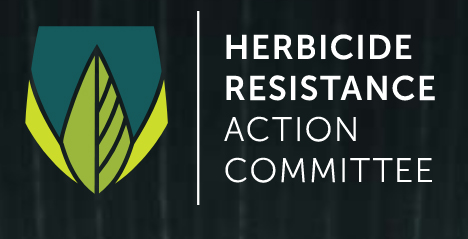INTERNATIONAL HERBICIDE-RESISTANT WEED DATABASE
|
|
Corn Gromwell (Buglossoides arvensis (=Lithospermum arvense)) is a dicot weed in the Boraginaceae family. In China this weed first evolved resistance to Group 2 (Legacy B) herbicides in 2009 and infests Winter wheat. Group 2 (Legacy B) herbicides are known as Inhibition of Acetolactate Synthase
(Inhibition of Acetolactate Synthase
). Research has shown that these particular biotypes are resistant to tribenuron-methyl and they may be cross-resistant to other Group 2 (Legacy B) herbicides. The 'Group' letters/numbers that you see throughout this web site refer to the classification of herbicides by their site of action. To see a full list of herbicides and HRAC herbicide classifications click here.
|
|
|
|
|
| Common Name | Corn Gromwell | | Species | Buglossoides arvensis (=Lithospermum arvense) | | Group | Inhibition of Acetolactate Synthase
HRAC Group 2 (Legacy B)
| | Herbicides | tribenuron-methyl | | Location | China, Shandong | | Year | 2009 | | Situation(s) | Winter wheat | | Contributors - (Alphabetically) | Jinxin Wang | |
|
|
|
| | trials comparing a known susceptible Corn Gromwell biotype with this Corn Gromwell biotype have been used to confirm resistance. For further information on the tests conducted please contact the local weed scientists that provided this information. |
| |
| | Genetic studies on HRAC Group 2 resistant Corn Gromwell have not been reported to the site. There may be a note below or an article discussing the genetics of this biotype in the Fact Sheets and Other Literature |
| |
| | The mechanism of resistance for this biotype is either unknown or has not been entered in the database. If you know anything about the mechanism of resistance for this biotype then please update the database. |
| |
| | There is no record of differences in fitness or competitiveness of these resistant biotypes when compared to that of normal susceptible biotypes. If you have any information pertaining to the fitness of Group 2 (Legacy B) resistant Corn Gromwell from China please update the database. |
|
|
|
|
| Professor
Shandong Agricultural University
College Of Plant Protection
Daizong Road 61#
Tai'an, 271018, Shandong
China
Email Jinxin Wang |
|
|
|
|
| Drag a column header and drop it here to group by that column |
|
|
1
| China | China | | 2009 |
Winter wheat
|
tribenuron-methyl
| 9 |
Inhibition of Acetolactate Synthase
( HRAC Group 2 (Legacy B)
| 274 | Buglossoides arvensis (=Lithospermum arvense) | Corn Gromwell | 5612 |
|
 |
PERMISSION MUST BE OBTAINED FIRST if you intend to base a significant portion of a scientific paper on data derived from this site. Citation:
Heap, I. The International Herbicide-Resistant Weed Database. Online.
. Available
www.weedscience.org
Copyright © 1993-
WeedScience.org All rights reserved. Fair use of this material is encouraged. Proper citation is requested.
|
|